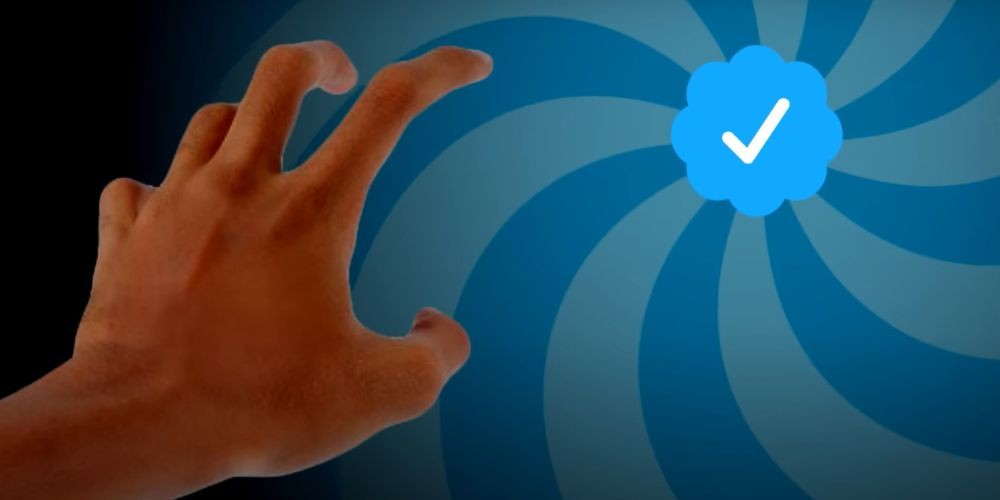 2024-04-14 07:35:00
2024-04-14 07:35:00
X's Identity Crisis: The Saga of the Blue Checkmark Continues
In the ever-evolving saga of Elon Musk's social network X, formerly known as Twitter, the saga of the blue checkmark takes another unexpected turn. The company is now removing the ability for premium users to hide their coveted blue checkmarks from public view, a feature that was introduced last year in the wake of the platform's controversial decision to make verification a paid privilege.
The decision to eliminate the option to conceal blue checkmarks is being communicated to premium users through notifications, though the timeline for its implementation remains uncertain. This move comes swiftly on the heels of another perplexing change: X has expanded blue-check status to non-paying users based on the number of "verified" followers they have, further obfuscating the meaning and significance of the once-prestigious symbol.
The blue checkmark, once a coveted badge of authenticity and influence on the platform, has undergone a tumultuous transformation since Elon Musk's acquisition of Twitter. Initially intended to distinguish verified accounts and combat impersonation, the blue check became a premium feature accessible to anyone willing to pay a fee, effectively undermining its original purpose and eroding its value as a status symbol.
In response to the backlash surrounding this decision, X introduced the option for premium users to hide their blue checkmarks, allowing those who were uncomfortable with the perceived loss of exclusivity to maintain a semblance of anonymity. However, this temporary solution has now been revoked, leaving premium users no choice but to display their paid verification status to the world.
As X grapples with the fallout from these changes, the platform's trust and safety issues continue to mount. The decision to monetize verification has not only muddied the waters surrounding account authenticity but has also contributed to the proliferation of misinformation, harassment, and abusive content on the platform. With the blue checkmark's meaning becoming increasingly ambiguous, users are left to navigate a landscape where the once-reliable markers of credibility have been rendered unreliable.


